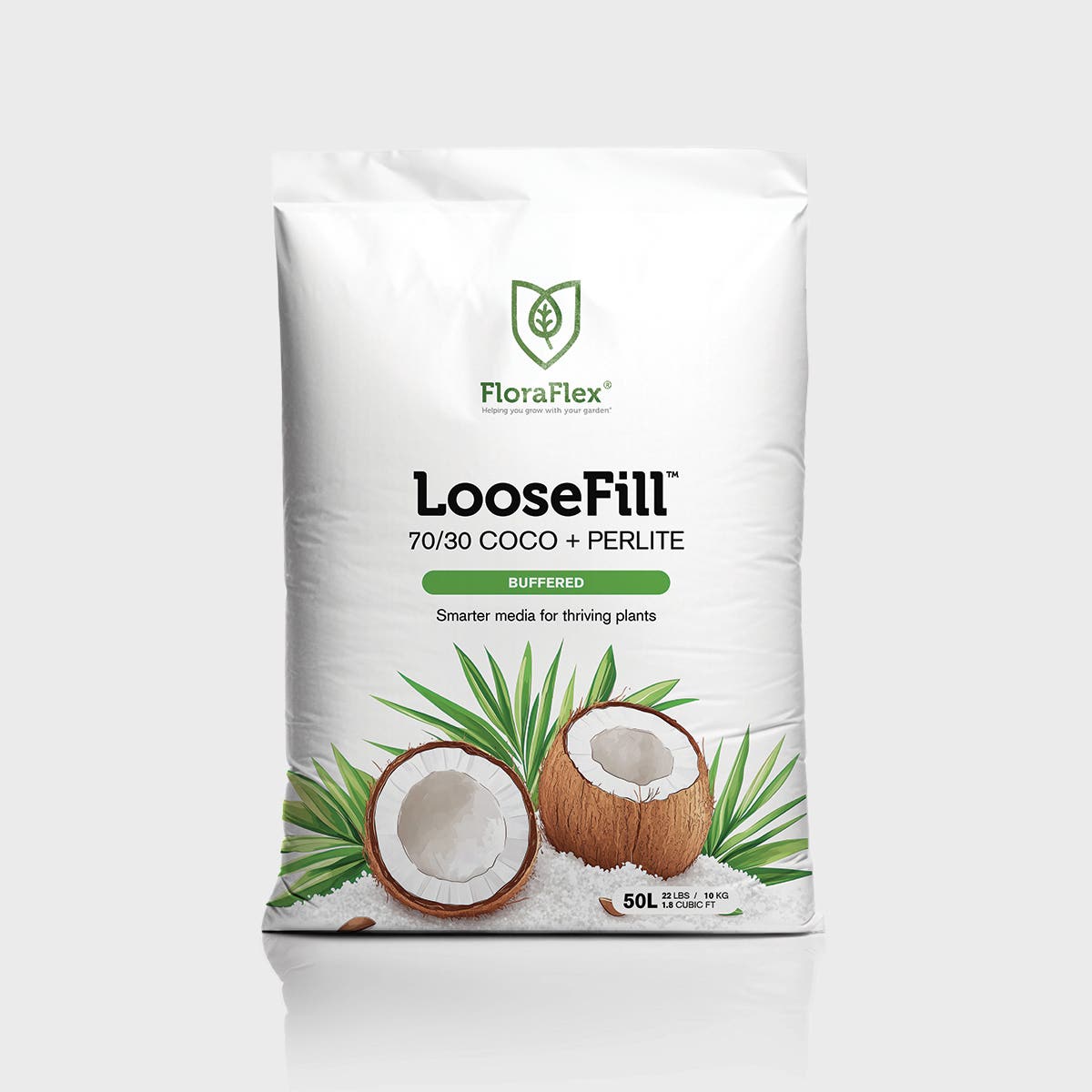-
Fusarium is a genus of filamentous fungi that can cause a range of plant diseases. Fusarium can affect a variety of crops, including fruits, vegetables, and grains. One of the crops that are particularly vulnerable to Fusarium is cannabis. In this article, we'll take a closer look at what Fusarium is, how it affects cannabis plants, and what growers can do to prevent and treat it.
What is Fusarium?
Fusarium is a type of fungus that can cause a variety of diseases in plants. There are over 50 species of Fusarium, and they can cause different types of diseases depending on the host plant. Fusarium can cause root rot, stem rot, wilt, and other diseases. Fusarium is commonly found in soil, and it can survive for long periods without a host plant.
Fusarium can spread through soil, water, and plant debris. Once it infects a plant, it can spread rapidly throughout the entire plant, causing significant damage. The fungus can also produce mycotoxins, which are toxic to both plants and humans.
How does Fusarium affect cannabis plants?
Fusarium can cause a range of diseases in cannabis plants, including root rot, stem rot, and wilt. These diseases can cause stunted growth, yellowing of leaves, and wilting of the entire plant. The fungus can also produce mycotoxins, which can be harmful to humans if consumed.
Fusarium can enter cannabis plants through the roots, stem, or leaves. Once inside the plant, it can spread rapidly, causing significant damage. Fusarium can survive in soil for many years, making it difficult to eradicate once it has infected a growing area.
Preventing Fusarium in cannabis plants
Preventing Fusarium in cannabis plants starts with good growing practices. Here are some tips to prevent Fusarium from infecting your cannabis plants:
-
Start with healthy plants: Choose healthy plants from reputable sources. Check for any signs of disease before bringing plants into your grow room.
-
Use clean soil: Use clean, sterile soil or soilless growing medium. Avoid reusing soil from previous grows.
-
Maintain proper humidity levels: High humidity levels can create an ideal environment for Fusarium to grow. Keep humidity levels between 40-60%.
-
Avoid overwatering: Overwatering can create ideal conditions for Fusarium to grow. Water plants when the top inch of soil is dry.
-
Use proper ventilation: Proper ventilation can help prevent the buildup of moisture, which can create an ideal environment for Fusarium to grow.
Treating Fusarium in cannabis plants
If your cannabis plants have already been infected with Fusarium, there are several treatment options available. Here are some of the most common treatment methods:
-
Remove infected plants: Remove any infected plants immediately to prevent the spread of Fusarium to healthy plants.
-
Use fungicides: There are several fungicides available that can help control Fusarium. Look for fungicides that are specifically designed for cannabis plants.
-
Improve growing conditions: Improving growing conditions can help prevent the spread of Fusarium. Maintain proper humidity levels, avoid overwatering, and use proper ventilation.
-
Use beneficial microbes: Beneficial microbes can help control Fusarium. Beneficial microbes work by competing with Fusarium for resources, making it more difficult for the fungus to grow.
Conclusion
Fusarium can be a serious threat to cannabis plants. However, by following good growing practices, you can prevent Fusarium from infecting your plants. If your plants do become infected, there are several treatment options available. By taking proactive measures to prevent and treat Fusarium, you can ensure that your cannabis plants remain healthy and productive.
-








